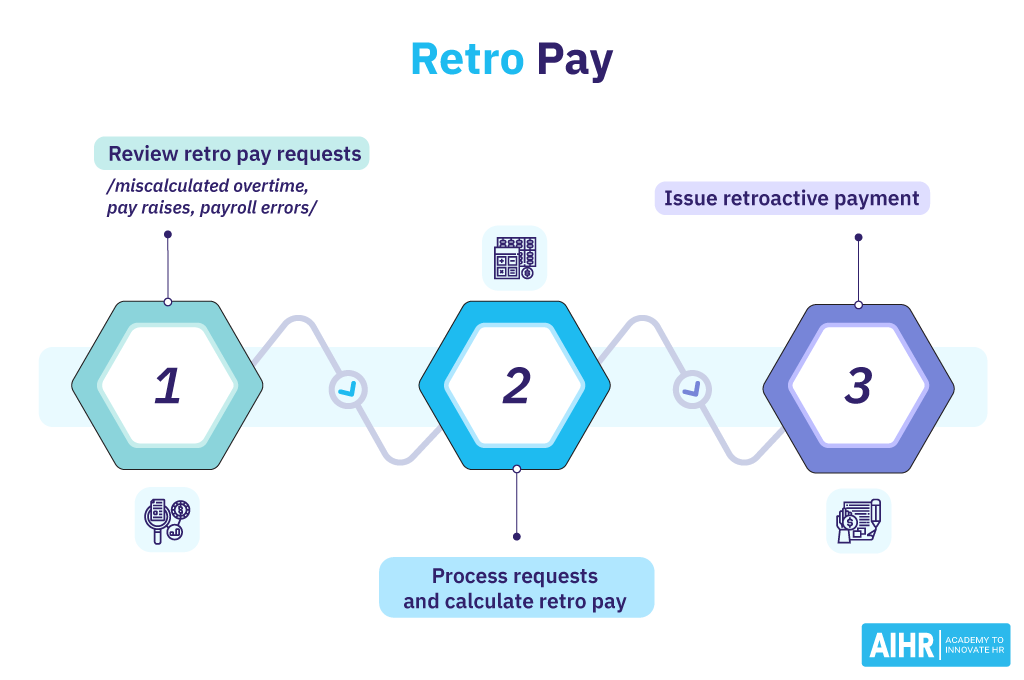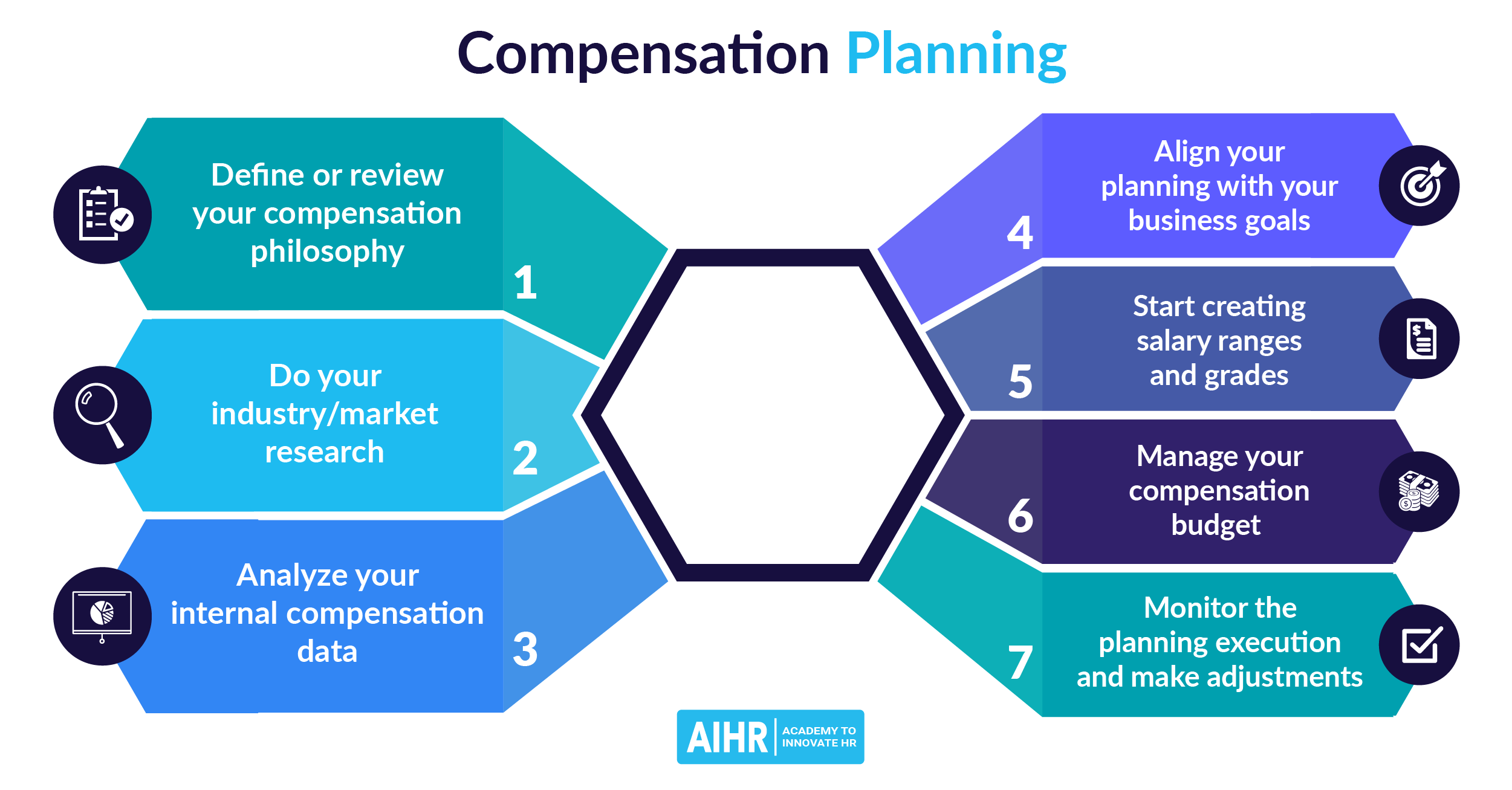Retro Pay
What is retro pay?
Retro pay (short for retroactive pay) refers to compensation added to an employee’s salary to correct an error made in a previous compensation cycle. The difference between the amount an employee should have received and what is paid to them in the next cycle is the amount of the retro pay.
Calculating and paying retro payments needs to be done urgently to ensure employee satisfaction and that your organization is compliant.
When is retro pay needed?
There are certain situations that cause compensation shortfalls:
- Overtime – If payroll does not correctly calculate the overtime rate, it can cause a compensation shortfall.
- Raises – If an employee receives a raise, but it is not correctly added to their salary in that payroll cycle.
- Commissions or bonuses not added – If any variable pay is received within a payroll cycle, but it is not reflected in an employee’s gross wages.
- Shift differential – In the case where the rate for hours worked outside of an employee’s normal shift does not reflect on the payroll (for example, working on Christmas day).
How do you calculate retro pay?
Salaried employees
Using the example of a pay raise, you need the following information:
- Previous annual salary
- New annual salary
- Number of pay cycles
As an example, let’s say Mark earns an annual salary of $50,000. After a recent promotion, he receives an annual increase of $11,000. However, this is not reflected in his current payroll, which caused the need for retro pay. Mark is paid monthly.
To start, divide the previous annual salary by the number of pay cycles:
$50,000 / 12 = $4,166.67 per gross period.
Then, calculate the new annual salary divided by the number of pay cycles:
$61,000 / 12 = $5,083.34
Then calculate the difference between the amount that should have been paid to the employee with the amount that was paid:
$5,083.34 – $4,166.67 = $916.67 retro pay

Hourly employees
Using an example of overtime, you would need the following information:
- Amount of hours worked
- Amount of overtime hours worked
- Standard hourly rate
- Overtime rate
As an example, let’s say Michelle is an employee that works 36 hours. At the request of her manager, she worked an extra 10 hours of overtime each week.
However, in the current payroll cycle, she was compensated for 46 hours at her standard hourly rate of $15. The overtime rate is $22.
First, you need to calculate the difference between the overtime rate and the regular hourly rate:
$22 – $15 = $7
Then, you need to calculate the correct overtime pay.
10 hours x $7 = $70 retro pay
Retroactive pay vs. back pay
Back pay is when compensation is provided to an employee for a missed salary that should have been paid to them initially. So, this might be, for example, a commission that you forgot to pay an employee. Retro pay is compensated to an employee to correct an error in the rate paid to an employee.
- If an employee worked overtime, but you forgot to pay them at the overtime rate = retro pay.
- If an employee worked overtime, but you forgot to pay them for working overtime = back pay.
How do you issue retro or back pay?
There are three ways to do this, and no one is better than another. It’s simply a matter of company practice or preference:
- Issue a separate check
- Include and label on the next paycheck as “RETRO.”
- Add to regular pay without labeling.







